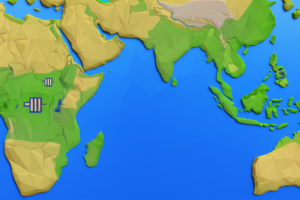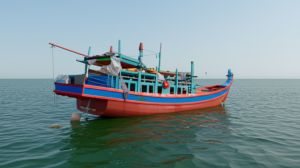The user wants a detailed analysis and professional report (over 1000 words) in simplified Chinese about the fall of Petronas-linked stocks following a demand letter from the Sarawak government to Petronas Carigali regarding an alleged permit violation.
I need to structure the response with:
Plan:
* Who issued the letter? (Sarawak government)
* To whom? (Petronas Carigali)
* Why? (Alleged permit violation related to mining or oil/gas exploration/production)
* What was the impact? (Fall in Petronas-linked stocks)
* What are the potential implications? (Legal disputes, impact on Petronas operations in Sarawak, state-federal relations regarding resource control).
* Opening: Hook the reader with the drama of a state challenging a national giant over resources. Set the scene in Sarawak. (e.g., 婆罗洲风云再起:砂拉越与国家石油公司的暗流涌动)
* Body 1: 事件风暴的中心 (The Eye of the Storm): Detail the core event – Sarawak’s demand letter to Petronas Carigali. Explain the alleged violation and what Sarawak is demanding. (e.g., Permit violation related to the Oil Mining Ordinance 1958).
* Body 2: 市场涟漪:股价的敏感神经 (Market Ripples: The Stock Market’s Sensitive Nerves): Describe the immediate market reaction – the fall in Petronas-linked stocks. Explain *why* this happened (investor uncertainty, potential disruption to operations/revenue). Mention specific stock names if available in results.
* Body 3: 历史回眸:砂拉越的资源主张 (Looking Back: Sarawak’s Resource Claims): Provide context on Sarawak’s long-standing claims over its natural resources, particularly oil and gas, and its relationship with the federal government and Petronas. Mention previous disputes or negotiations if relevant. (e.g., State sales tax on petroleum products).
* Body 4: 法律迷雾与未来走向 (Legal Fog and Future Direction): Discuss the legal basis of Sarawak’s claims (Oil Mining Ordinance 1958 vs. Petroleum Development Act 1974) and the potential legal battle. Explore possible outcomes – negotiation, court case, impact on investment climate in Sarawak.
* Body 5: 更深层次的博弈:联邦与州关系 (Deeper Game: Federal-State Relations): Frame the dispute within the larger context of federal-state relations in Malaysia, particularly regarding resource wealth distribution and state autonomy.
* Conclusion: 风暴何时止息? (When Will the Storm Cease?): Summarize the situation and offer a forward-looking perspective on the potential resolution and its implications for all parties involved and the Malaysian economy.
Constraint Checklist & Confidence Score:
Confidence Score: 5/5
Strategizing complete. I will now proceed with executing the search and then generating the response based on the outline and constraints.




